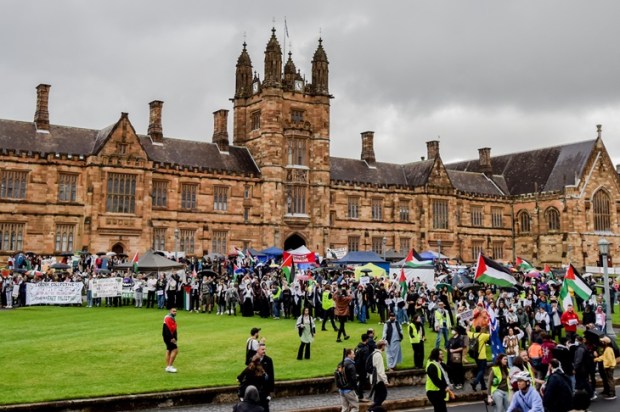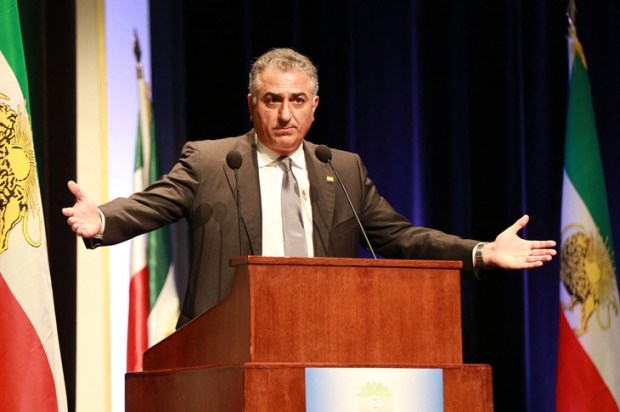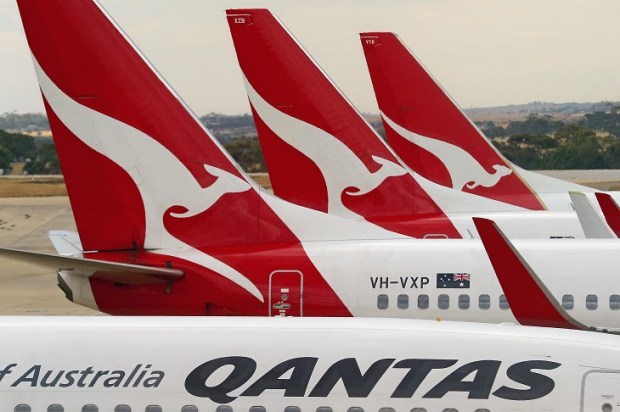Mr Malinauskas, Premier of the Australian colony of South Australia, let slip in recent times that he believed there should be debate about nuclear energy in Australia. Mr Albanese, Prime Minister of Australia, increasingly becoming a colony of China and the USA, soon shut down such musing. Albanese has also devised a scheme to cover the cost of energy by paying the states to rebate consumers using their own money. There must be a way out of the clutches of these idiots.
Perhaps it is this. What if I told you I could save you a lot of money and you could be a climate hero? The answer lies in creating a real option for baseload power when renewables fail to power the nation. The biggest mid-term political issue for Australia is how to work around the Labor government’s determination to rewire the nation for ‘renewable’ power and businesses that seek to profit in its wake. Forcing renewables into the electricity grid, and the consequent building of a whole new parallel system, is a real and disastrous possibility for Australia. It will be two, three, or more times the size of the one we have. The key here is when the electorate wakes and the rollout stalls, what will be left of the electricity transmission and distribution systems?
Teal and Green electorates especially are represented by people who believe that mitigation in Australia, or indeed anywhere, will stop the climate from changing. Teal and Green supporters are probably less sensitive to electricity price rises than other voters. They may be wealthier, or willing to pay more for their beliefs. Nevertheless, like all voters, they will feel the pain of electricity price rises forced by renewables. The greatest prospect of forestalling rewiring the nation, or coming to the rescue when it fails, is to offer voters a real option for both venting anger over electricity price rises, and seeking climate change ‘salvation’.
A former colleague once briefed the NSW cabinet on how to provide for the option of a desalination plant, without building one. The plan was to proceed with clearing an area, obtaining permits for a plant, and other preliminary work. The time estimated to complete the construction provided certain knowledge on the amount of water that could be retained in dams before pressing the go ahead on desal – hence the value of the real option was in knowing when to build and the possibility of not building. At first, the cabinet agreed, and then a few front-page stories on drought panicked them. The desal plant went ahead, it rained, and the plant was never used.
The minister for Climate Change and Energy, Chris Bowen, when shadow minister in an address to the Australian Energy Networks conference on 18 March 2022, made the catchy observation on renewables that there ‘will be no transition without transmission’. Bowen announced a $20 billion ‘investment’, Rewiring the Nation, to deliver what is known as the Australian Energy Market Operator’s ‘Integrated System Plan’.
Incidentally, this is the speech where Bowen pledged to cut average household electricity bills by $275 by 2025. He admitted that ‘a near-total rebuild of the grid comes with challenges, particularly for the communities where projects will be built.’ He went on to say, the Regulated Investment Test for Transmission (there is also one for distribution) which the Australian Energy Regulator administers, was ‘no longer fit for purpose.’ This intention is frightening, as the purpose of the test is to protect consumers from over-investment.
Here is Bowen’s political fix. His solution to the improbable roll-out of an entire new storage, transmission, and distribution system to cope with renewable generation, is to circumvent the investment test process, in the same manner as the New South Wales and Victorian governments circumvented the test. These are people who will delay gas extraction, ruin coal-fired power stations, and bypass citizen rights to stop the destruction of their environments, to build a new, larger, and more expensive network for no environmental benefit.
The entire interconnected high-voltage transmission system in the National Energy Market is valued by the regulator at $20 billion. The entire low voltage distribution systems in the market (between transmission and meters) have $80 billion of assets. The Rewiring the Nation plan will pour $20 billion of taxpayer money into the transmission system, to leverage $40 billion of private capital. In an unrealistic few years, $60 billion invested would replace a system that still has 40 and 50-year asset lives that has taken decades to build. To re-engineer the system for vast two-way flows, controls, and protection and to accommodate mass-market EV charging loads may well add another $80 billion to the cost.
In whose interest is this folly? As regulated entities, a sure way a network company (transmission or distribution) can increase profits is by increasing the regulated asset base. The economic returns will be guaranteed by government fiat. The Australian Energy Regulator’s Regulated Investment Tests are the sentinel that protects you and me and Bowen wants to circumvent them.
Australia cannot change the world climate. Australia is struggling to get enough votes to stop this foolish delusion. Are there enough votes to proceed along a path of delivering the reduced carbon dioxide emissions promised by renewables at less cost and more certainty?
There is such a plan, a real option. The alternative is nuclear units in the same locations as coal-fired power stations. There is no need to proceed with the nuclear option, rather work out what it would take to have the option when the rollout stalls. There would then be timeline as to how long coal-fired generation would need to be kept online until nuclear was ready. The big payoff is to hold the ideological line on ‘carbon zero’ without the massive overbuilding of the transmission and distribution system. The nuclear units can use the same poles and wires and transformers. Same heroic outcome for Teal and Green voters, far less cost for taxpayers, more reliability for consumers.

























